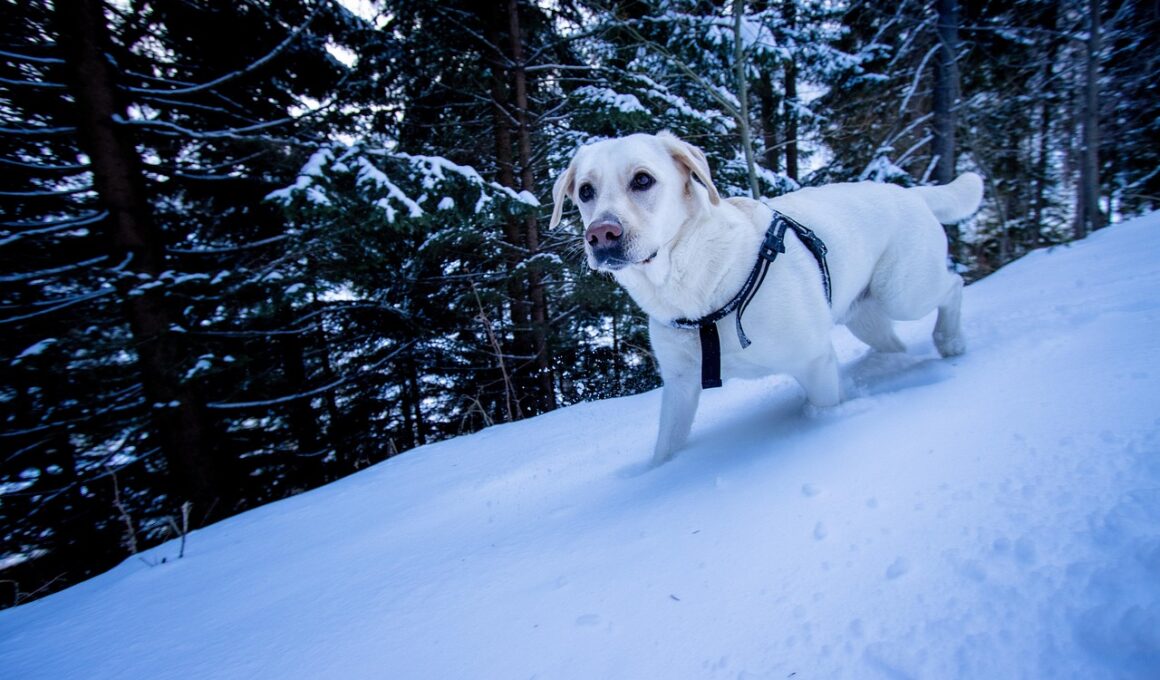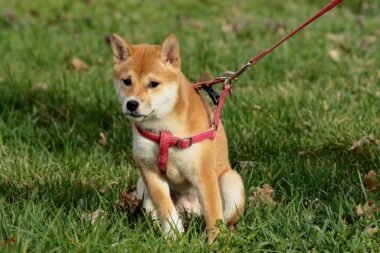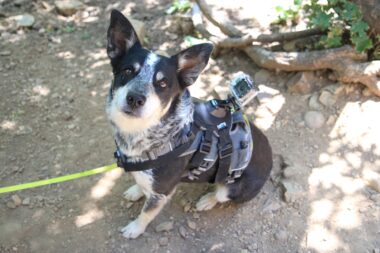How to Measure Your Dog for the Perfect Harness Fit
Finding the right harness for your dog requires precise measurements to ensure comfort and safety. Begin by gathering essential tools such as a measuring tape, a pen, and a notepad to record the sizes. Measure your dog’s girth by wrapping the measuring tape around the widest part of the dog’s chest, just behind the front legs. Ensure the tape is snug but not tight. Record this measurement, which is crucial for selecting the correct harness size. Next, measure your dog’s neck circumference, placing the tape around the base of the neck where a collar would sit. This measurement is equally important, as it helps prevent chafing and discomfort. Additionally, you should measure your dog’s length from the shoulder blades to the base of the tail for select styles. Double-check all measurements to avoid mistakes. Look at the manufacturer’s sizing chart before making a purchase because sizing can vary by brand. Take all these measurements seriously to ensure your dog’s safety and comfort. Choosing the right harness can enhance daily walks, so accuracy is vital for finding the perfect fit.
Understanding Different Harness Types
There is an array of harness types available, each designed for specific needs and activities. The standard harness is a common choice for everyday walks, as it distributes pressure across the chest and back. A no-pull harness is ideal for dogs that tend to tug during walks, as it discourages pulling and promotes better walking behavior. For active dogs, you might consider an adjustable harness that adapts well to the dog’s movements and activities. Additionally, step-in harnesses are easy to use, making them perfect for pet owners who seek convenience. The type of harness you choose should align with your dog’s behavior, health requirements, and personal preference. For instance, a dog with a neck injury may benefit more from a harness instead of a collar. Evaluating your dog’s size, breed, and activity level will inform your choice significantly. Moreover, ensure that your chosen harness meets safety standards. Read product reviews and consider user feedback before making a decision. By understanding different types of harnesses, you will be better equipped to select the most suitable option for your furry friend.
Once you’ve gathered your measurements and determined the type of harness, it’s time to select the right size. Most manufacturers provide sizing guidelines based on your dog’s specific measurements. Utilize these guidelines to avoid ordering the wrong size. Don’t just rely on one measurement alone; consider both girth and neck measurements together when selecting a size. If your dog falls between sizes, it’s generally recommended to choose the larger size to ensure adequate breathing space. Once the harness arrives, try it on your dog indoors where it feels comfortable. Adjust straps to ensure a proper fit, ensuring that the harness is snug yet allows for two fingers to slide between the material and the dog’s body. Observe how your dog moves while wearing the harness, ensuring it does not restrict their natural movement in any way. It may take a few minutes for your dog to adapt to this foreign object. Offer treats and praise to help them associate the harness with positive experiences. By ensuring a good fit both through measurements and adjustments, your dog will embrace their new harness with enthusiasm.
Adjusting the Harness for Comfort
Once your dog is wearing the harness, focus on making any necessary adjustments to ensure their comfort and security. Start by checking all the straps, making sure that they are neither too loose nor too tight. The key is balancing snugness with comfort, so you should be able to fit two fingers between the harness and your dog’s skin. Pay special attention to areas that may rub against their body, like under the arms or around the neck. Sometimes, certain harness styles may not suit your dog as intended, which could require additional adjustments or even a different design choice. Don’t hesitate to make modifications, such as changing the leash attachment point or adjusting strap lengths, so it feels just right. After making adjustments, allow your dog time to get used to the harness. Observe how they move during short walks and make changes as needed. Lastly, regularly check the harness over time to ensure it continues to fit properly as your dog grows and their shape can change. A well-fitted harness leads to a more enjoyable experience for both you and your dog.
Another important factor to consider when measuring your dog for a harness is the breed and size of your dog. Some breeds are more prone to specific health issues, and a harness can help alleviate these concerns. For instance, brachycephalic breeds such as Bulldogs may require a specific design that accommodates their anatomy while providing adequate support. Similarly, long-bodied dogs may benefit from extended harnesses that cover more area for added stability. Researching breed-specific harness options can make a dramatic difference in ensuring comfort and support. Furthermore, keep in mind that as your dog matures or their weight fluctuates, you may need to reassess the fit of their harness. Regular evaluations at each vet visit can alert you to any needed adjustments. On the flip side, some dogs may become more muscular or slim down as they age. Regular check-ups ensure your dog remains healthy, and suitable harness fit promotes good posture without restricting movement. Emphasizing breed requirements and regularly checking the harness ensures a long-term benefit to your dog’s wellbeing during walks.
Choosing Materials Wisely
The choice of materials plays a pivotal role when selecting a harness for your dog. Opt for materials that are both durable and comfortable, as they will withstand daily use while also offering the necessary support. Look for harnesses made from breathable fabrics to ensure your dog does not overheat during warm weather. Additionally, padded harnesses provide extra comfort, ideal for long walks, as they help to prevent chafing on the skin. Keep an eye out for reflective materials as well, especially if you frequently walk your dog in low-light conditions. Visibility is crucial for safety. Consider harnesses that are easy to clean, as dogs can get messy outdoors. Look for products that are machine washable or easy to wipe down after a muddy walk. Prioritizing quality will invariably result in a better experience for both you and your dog. A good investment in a harness pays off in comfort during walks and overall ease of use. Listen to reviews regarding the materials used to ensure you make a conscious choice for your dog’s best interests.
Finally, always pay close attention to your dog’s behavior while wearing the harness after proper fitting and adjustments. If they display signs of discomfort, such as excessive scratching or whining, it may indicate that the fit is still not right. Sometimes, taking your dog on short trial runs can offer insights into how suitable the harness is, allowing you to assess its effectiveness and comfort levels. Keep in mind that each dog has different preferences that require consideration. Some dogs may require further acclimation time, while others will immediately take to the new harness. Reward your dog with treats and praise during this adjustment phase, reinforcing positive associations with wearing it. Should problems persist despite adjustments, don’t hesitate to consult your veterinarian for advice or considerations about switching to a different harness style that better suits your dog’s body shape or features. Ensuring that your dog enjoys wearing a harness is essential for successful and pleasant walks. Thus, leveraging all these points will help you secure the perfect harness fit for your beloved pet.





